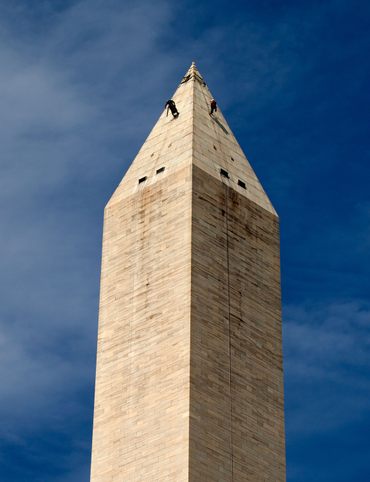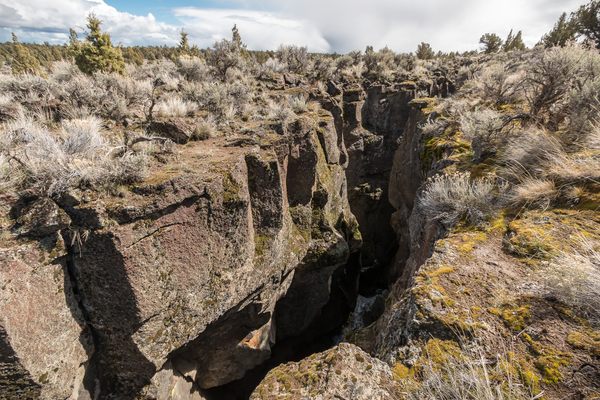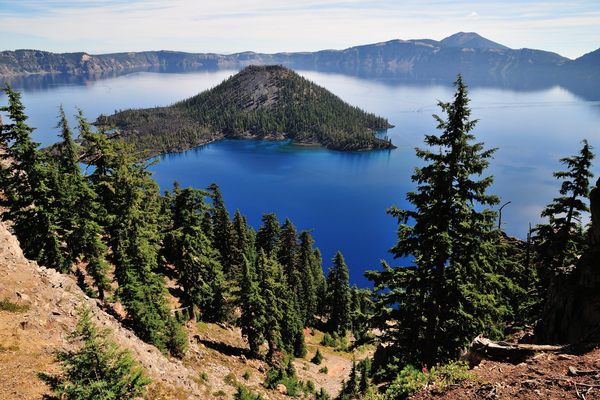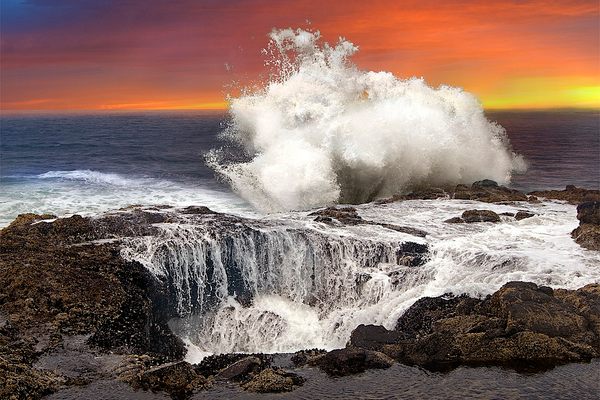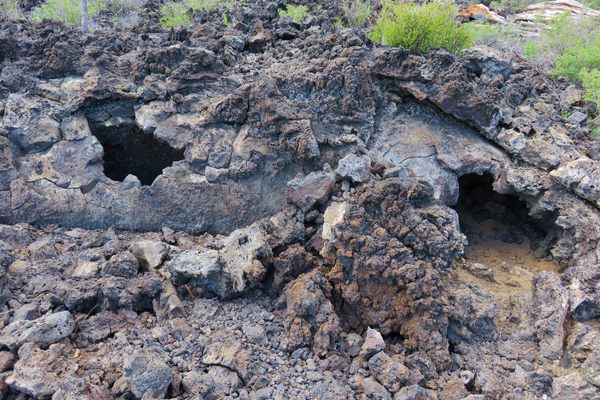50 States of Wonder
9 of Oregon’s Most Fascinating Holes and Hollows
Along with the rest of the Pacific Northwest, Oregon has been shaped by volcanic activity. Active volcanoes, Mount Hood among them, dominate the skyline, and the city of Portland was built atop an extinct volcano. Over tens of thousands of years, these geological hotspots have left many holes in their wakes, including deep craters, narrow canyons, and subterranean lava tubes. Here are a few of the most intriguing voids that Oregon has to offer.
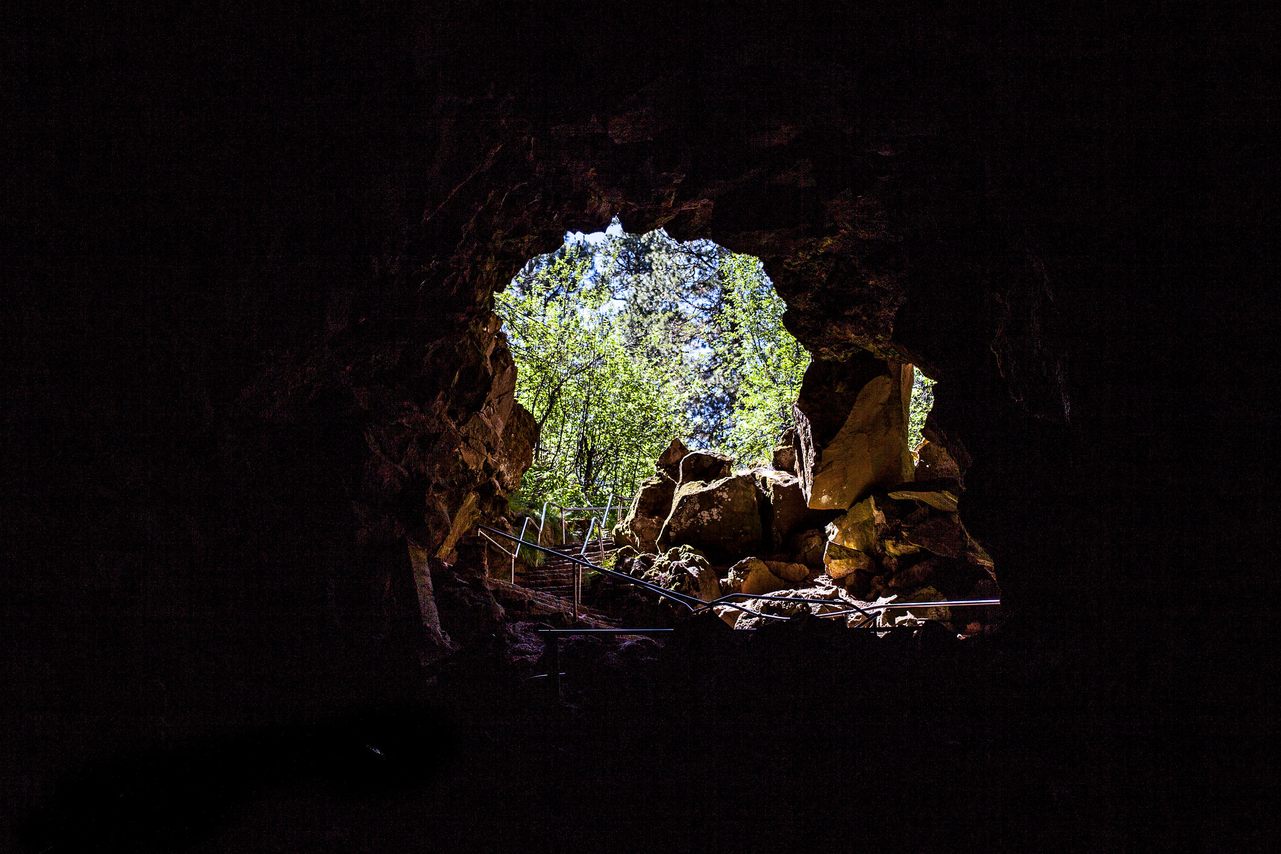
1. Lava River Cave
The longest continuous lava tube in the state of Oregon is located just south of the city of Bend. Although discovery of the cave was credited to a pioneer hunter in 1889, archaeologists have found obsidian flakes near the cave, suggesting that Native Americans visited the cave long before white settlers arrived in central Oregon. The cave, which is part of the Newberry National Volcanic Monument, formed during a volcanic eruption some 80,000 years ago. As lava flowed from a vent toward the Deschutes River, it carved out this 5,211-foot tunnel. In parts of the cave, patterns created by the flow of ancient lava can still be seen on the walls. (Read more.)
Bend, OR 97707
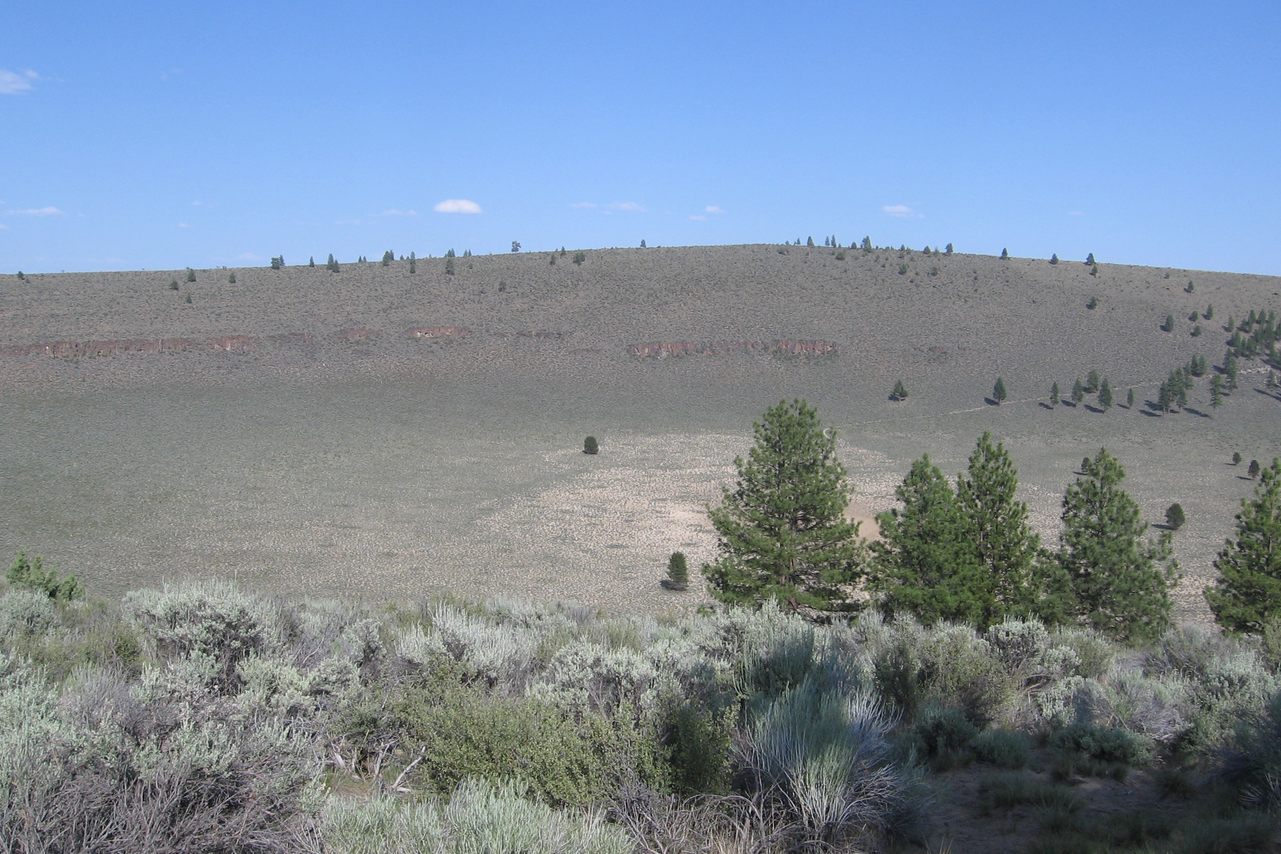
2. Hole-in-the-Ground
Two of Oregon’s most impressive holes can be found along Highway 31: Big Hole and Hole-in-the-Ground. Though these large craters look like the result of meteorite impacts, the literally named landmarks are actually maars, depressions created by volcanic steam explosions. Measuring about a mile wide and 400 feet deep, Hole-in-the-Ground is surrounded by low shrubs. It likely formed over the course of several days or weeks, as rising magma came in contact with groundwater and created a series of steam explosions. Though the exact age of Hole-in-the-Ground is unknown, it may have formed as many as 100,000 years ago. (Read more.)
Fort Rock, OR 97735

3. Crack-in-the-Ground
About 50 miles west of Hole-in-the-Ground and Big Hole lies another remnant of Oregon’s ancient volcanoes. Instead of a circular crater, this one takes the form of a narrow canyon. Steep, moss-covered cliffs make up the two-mile-long Crack-in-the-Ground. The fissure resulted from rock fracturing at right angles to the direction of the most tension, where lava flowed over the edge of a concealed fault zone. Crack-in-the-Ground is located in the southwest corner of Four Craters Lava Field in the Deschutes National Forest. Hikers can walk the length of the main crack and explore its tributaries. (Read more.)
OR 97638
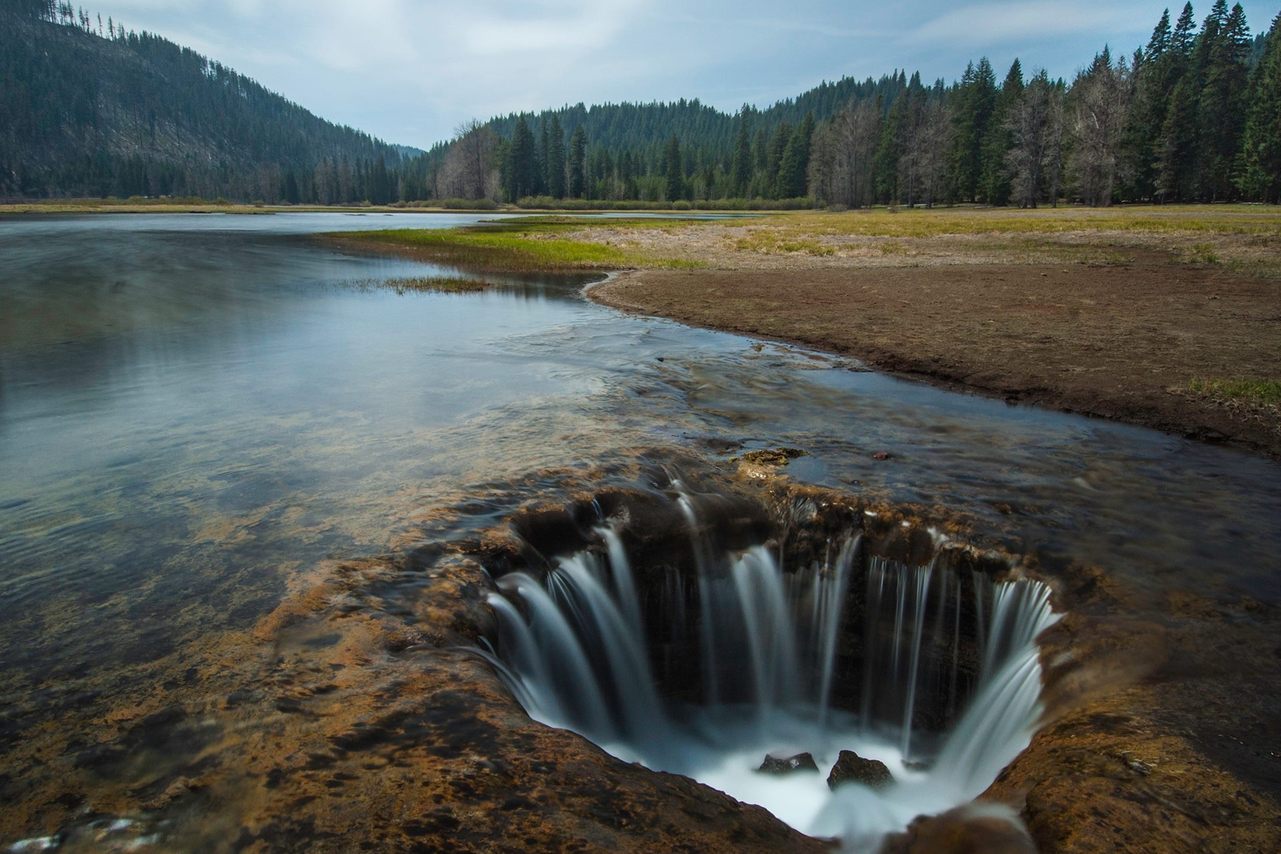
4. Lost Lake
In the heart of the Cascade Mountains, there is a disappearing lake. In the winter, streams and creeks run high and fast, filling the mountain basin up like a bathtub. When the rains slow down, so do the streams. Without a new water supply, the lake recedes, draining into a seven-foot-wide hole.
The waters of Lost Lake drain through a collapsed lava tube that was created more than 12,000 years ago during a period of intense volcanic activity. The tube feeds into the rock-hard honeycomb of the surrounding lava plain, diverting water into a tributary of the McKenzie River and its surrounding aquifer before it eventually settles in the nearby Clear Lake. (Read more.)
Lost Lake, Sisters, OR 97759

5. Crater Lake
At nearly 2,000 feet deep, Oregon’s Crater Lake is the deepest lake in the United States. Its waters fill a crater left behind after a volcanic eruption roughly 7,700 years ago. This massive geological event was witnessed by the ancestors of the Kalmath tribes, the original inhabitants of the land. The story of the erupting volcano and resulting lake, which is known as giiwas in the Klamath language, has been passed down through their history. According to Klamath mythology, the lake resulted from a great battle between Lla-O, a fiery underworld god, and Skell, a sky god. (Read more.)
OR 97604
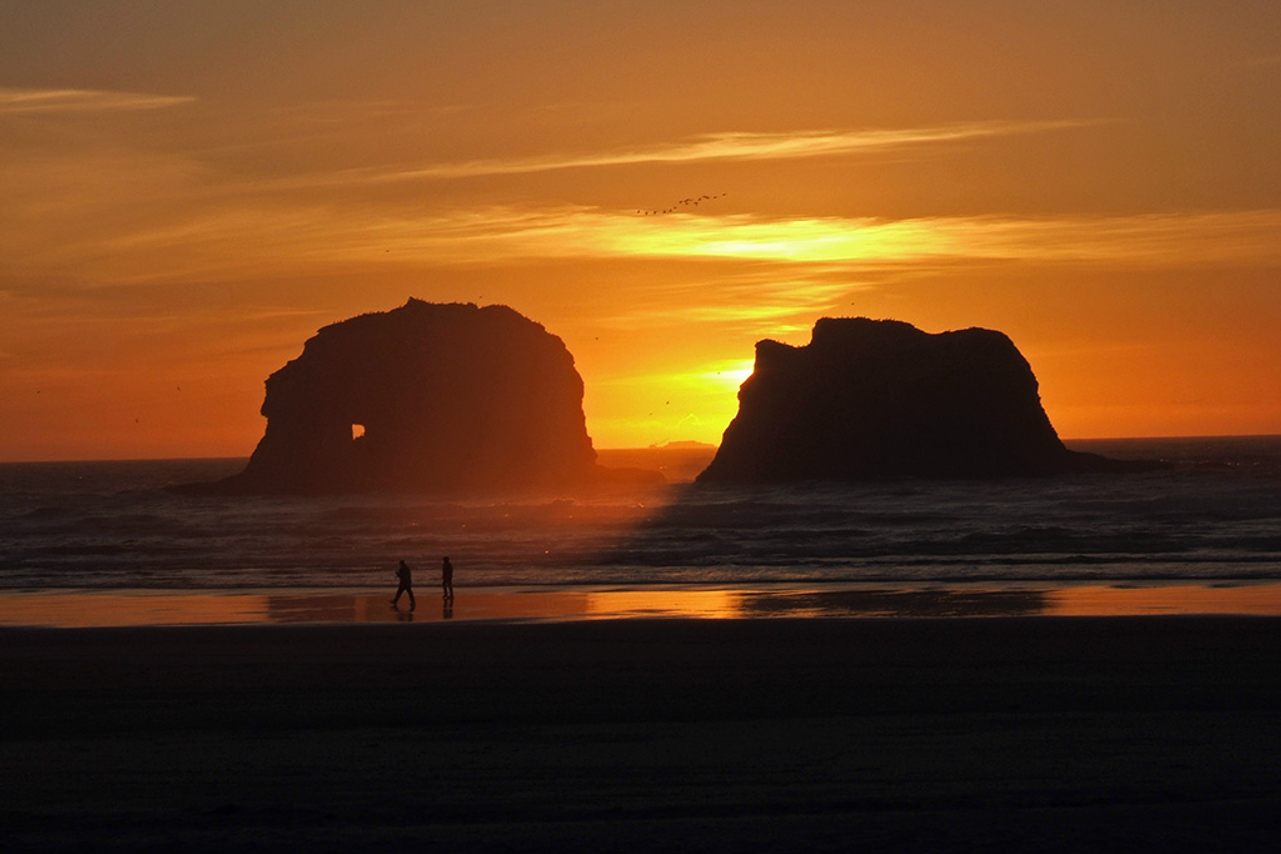
6. Twin Rocks
Two towering rocks stand watch off of Rockaway Beach. These imposing features are made of sandstone that formed between 20 and 30 million years ago. As the region's underlying tectonic plates shifted and crashed into each other, a ridge of sandstone was pushed up along the coastline of what is now Oregon. Over time, wind and water wore away at the ridge, carving out two rocks. The larger one measures 88 feet fall, and has a 35-foot hole in the middle. In late fall, the low angle of the setting sun means that visitors may be able to catch a sunset positioned right the middle of the Twin Rocks opening. (Read more.)
Rockaway Beach, OR

7. Thor’s Well
Near Cape Perpetua, the Pacific flows into a seemingly bottomless sinkhole. Known as Thor’s Well, or the "drainpipe of the Pacific," the well is actually a hole in the rock. Though the exact origins of Thor’s Well are unknown, the most common explanation is that long ago, the hole started a sea cave. The wind and waves that dug the cave out of the basalt likely led to further erosion, and eventually the cave roof collapsed. The hole is about 20 feet deep. Depending on the tide, sometimes water rises gently through the opening; other times, it bursts out in a powerful salt spray. (Read more.)
Yachats, OR 97498

8. Lava Cast Forest
When the Newberry Volcano erupted some 6,000 years ago, the resulting flood of lava consumed the surrounding forest. Low-lying shrubs and ponderosa pines were knocked over and turned to ash when they came in contact with the lava. But some of the larger trees were sturdy enough to withstand the molten rock, at least for a little while. As the rock solidified around them and the trees burned away, massive casts of their trunks were left behind. Today, these chimney-like holes dot the Lava Cast Forest. Along with visible tree rings, ancient charcoal and newer lava “drippings” can be seen inside the molds. (Read more.)
Lava Cast Forest Trail, La Pine, OR 97739

9. Voodoo Doughnut
While many of the holes in Oregon are naturally-occurring, others are human-made—and some are even edible. Kenneth “Cat Daddy” Pogson and Tres Shannon opened Voodoo Doughnut in 2003. The tiny storefront in Portland’s Old Town is decorated with velvet paintings and newspaper clippings and lit by the Cruller Chandelier of Life. The shop specializes in offbeat flavors, including doughnuts topped with Cap’n Crunch or decorated with pentagrams. In addition to the late-night desserts, the shop doubles as a wedding chapel. (Read more.)
22 SW 3rd Ave, Portland, OR 97204
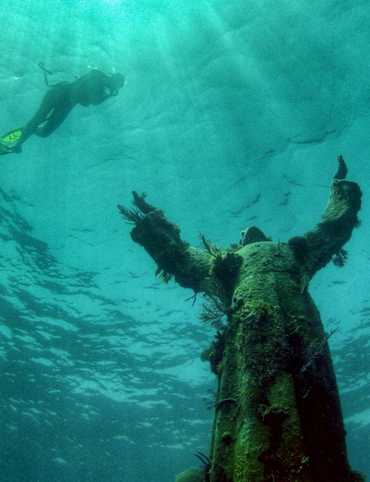
4 Underwater Wonders of Florida
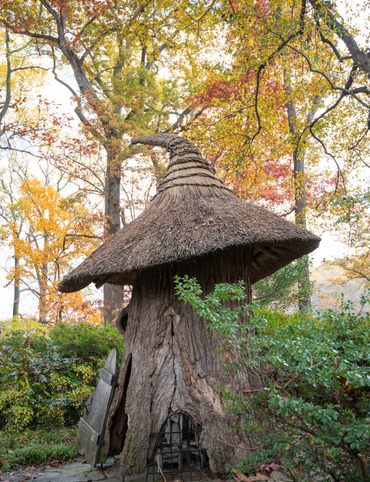
6 Spots Where the World Comes to Delaware
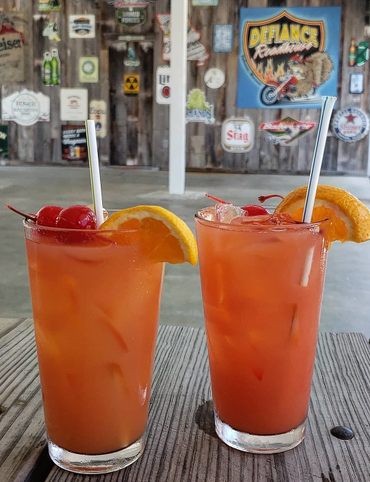
6 Wondrous Places to Get Tipsy in Missouri
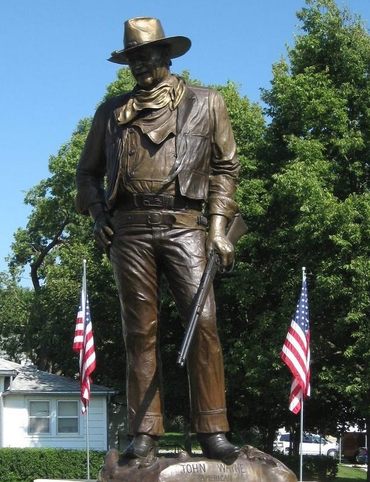
4 Pop-Culture Marvels in Iowa

7 Stone Spectacles in Georgia
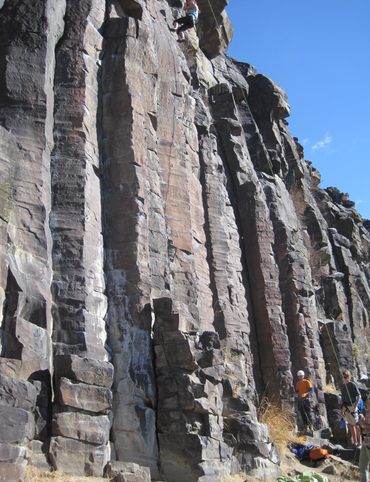
6 Stone-Cold Stunners in Idaho
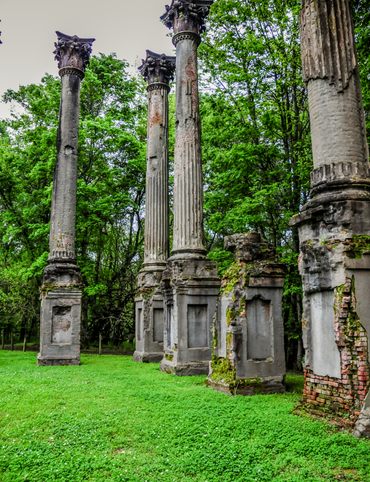
8 Historic Spots to Stop Along Mississippi's Most Famous River
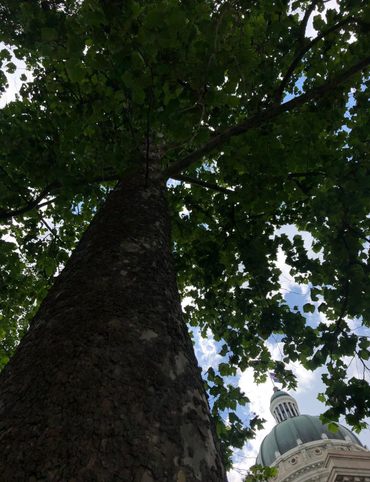
5 Incredible Trees You Can Find Only in Indiana
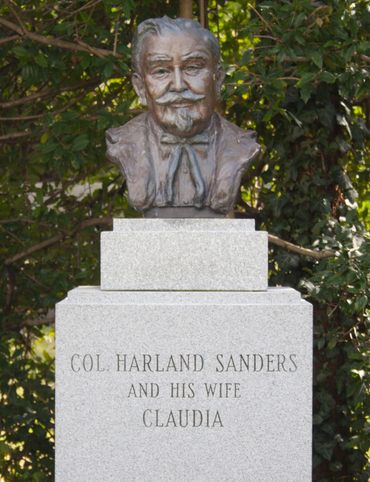
5 Famous and Delightfully Obscure Folks Buried in Kentucky

4 Wacky Wooden Buildings in Wyoming
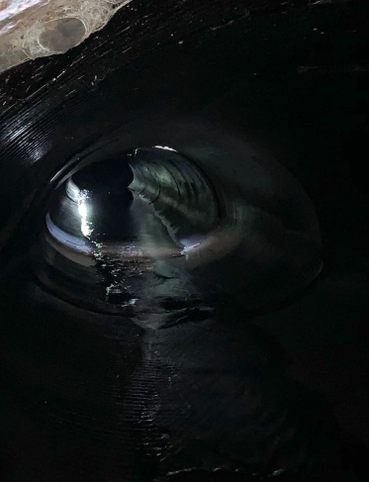
7 Spots to Explore New Jersey’s Horrors, Hauntings, and Hoaxes
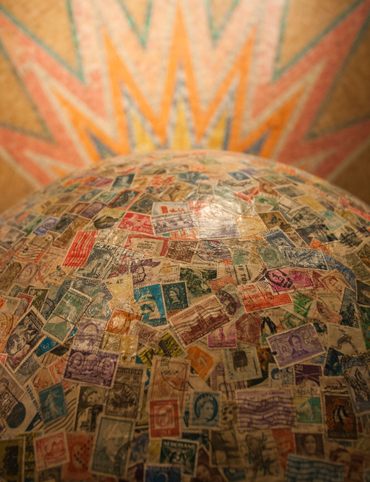
4 Out-There Exhibits Found Only in Nebraska

6 Sweet and Savory Snacks Concocted in Utah
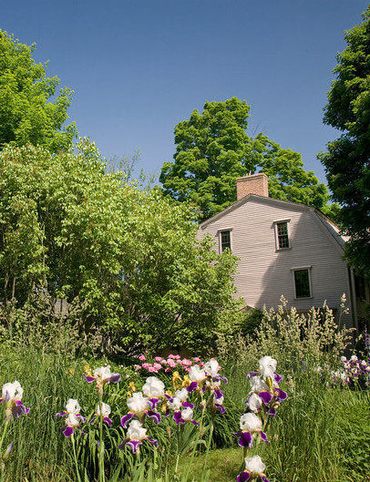
12 Places in Massachusetts Where Literature Comes to Life
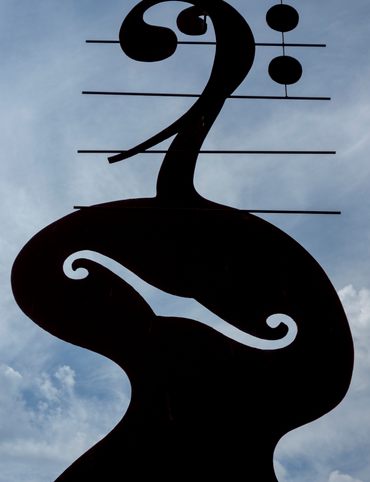
8 Places to Get Musical in Minnesota
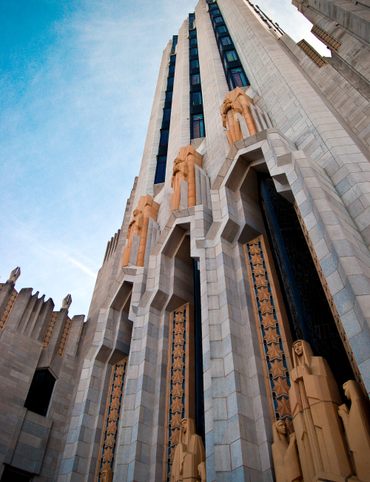
8 Buildings That Prove Oklahoma's an Eclectic Art Paradise
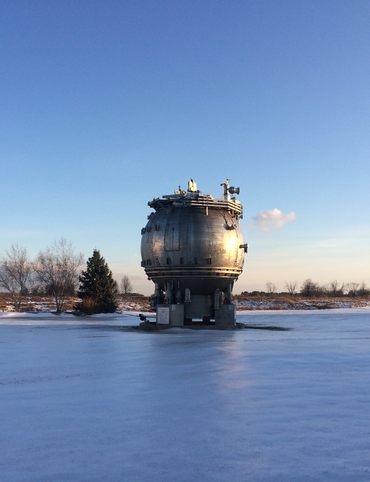
9 Stunning Scientific Sites in Illinois
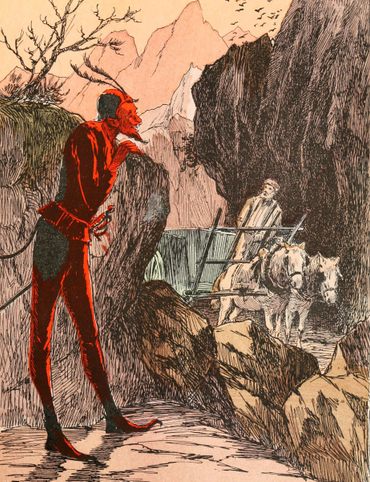
5 Strange and Satanic Spots in New Hampshire
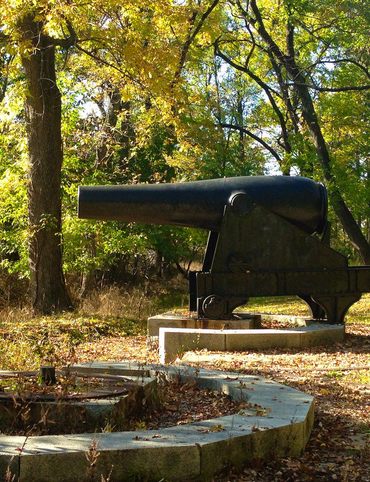
8 Historic Military Relics in Maryland
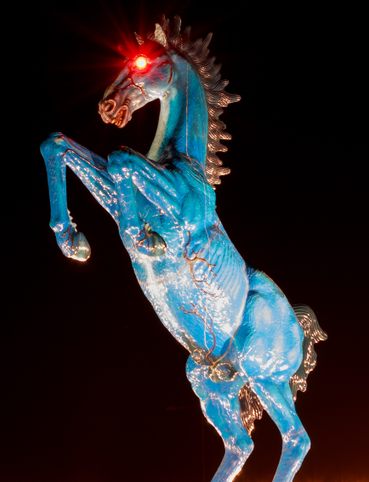
5 of Colorado's Least-Natural Wonders
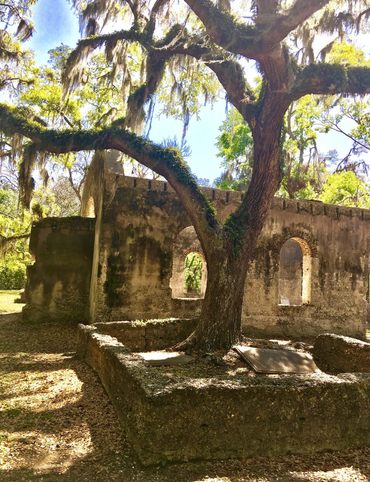
6 Hallowed Grounds in South Carolina
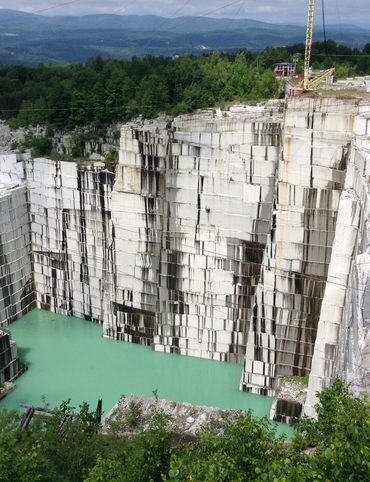
9 Rocking Places in Vermont
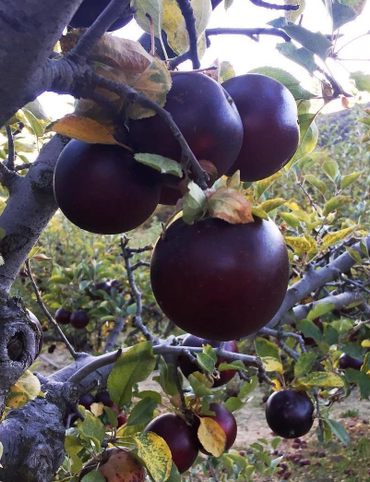
Black Apples and 6 Other Southern Specialties Thriving in Arkansas
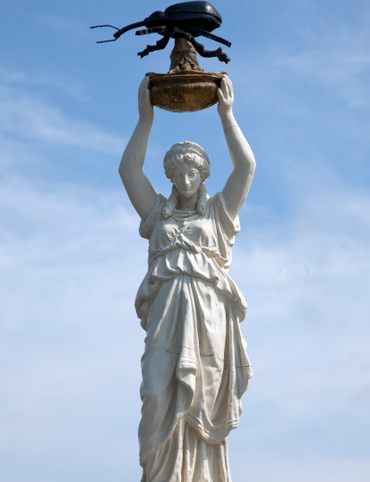
4 Monuments to Alabama’s Beloved Animals
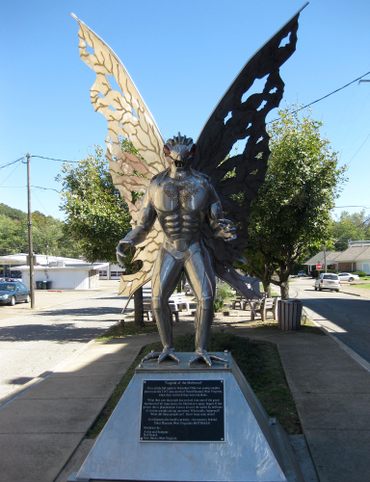
The Dark History of West Virginia in 9 Sites
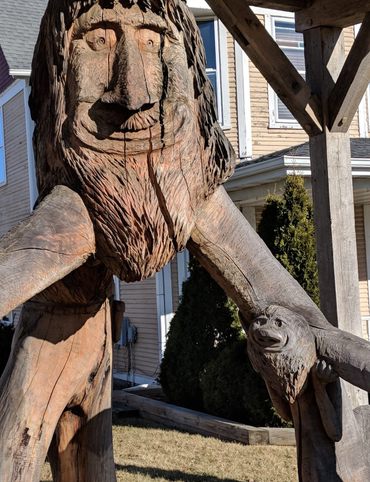
11 Zany Collections That Prove Wisconsin's Quirkiness
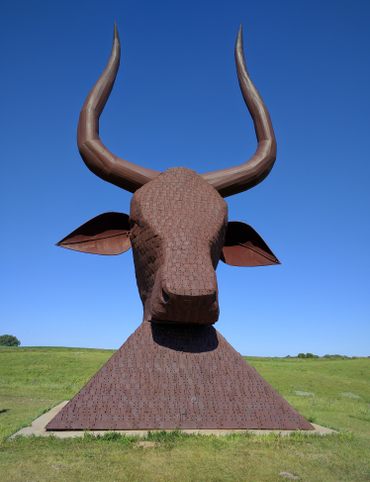
7 Inexplicably Huge Animals in South Dakota
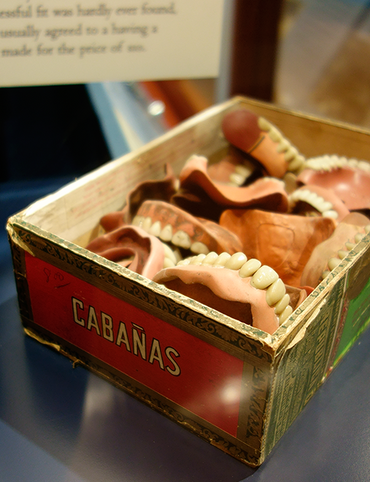
6 Fascinating Medical Marvels in Pennsylvania
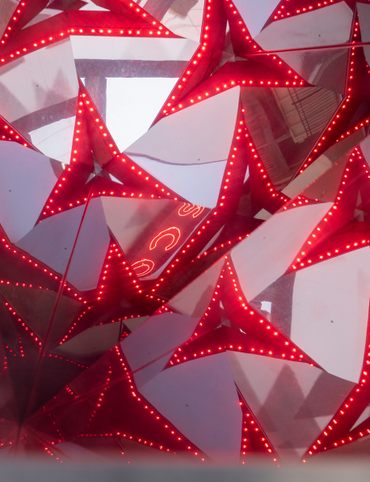
8 Places in Virginia That Aren’t What They Seem
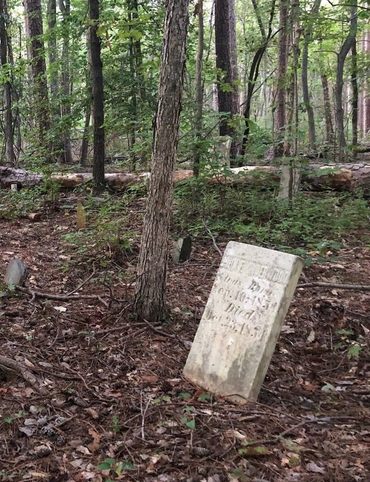
7 Cool, Creepy, and Unusual Graves Found in North Carolina
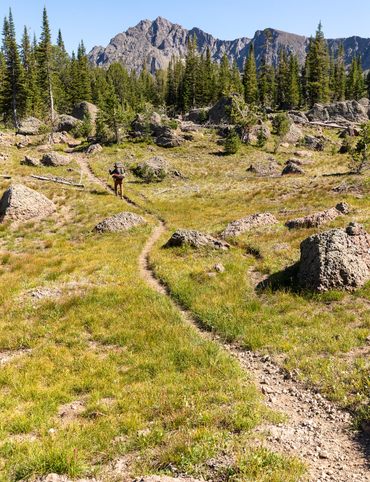
7 of Montana's Spellbinding Stone Structures
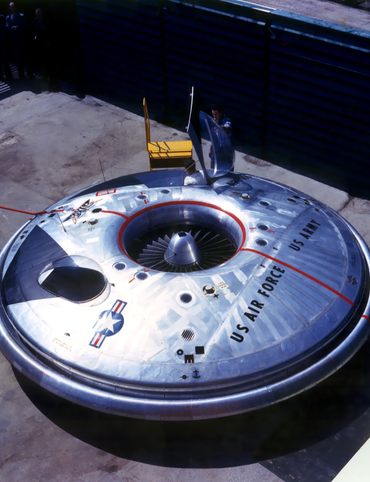
Take to the Skies With These 9 Gravity-Defying Sites in Ohio
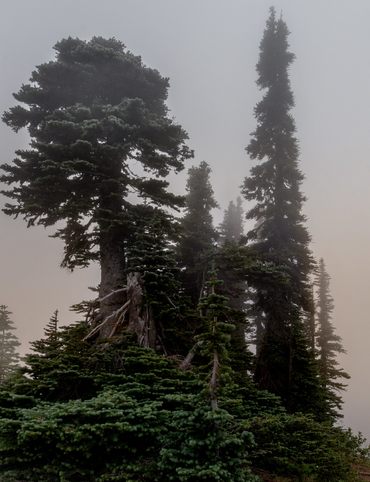
9 Strange and Surreal Spots in Washington State
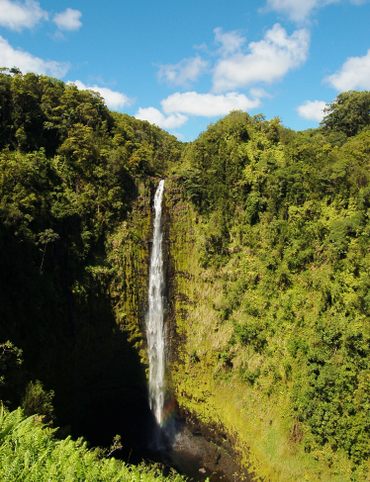
8 Watery Wonders in Hawaiʻi, Without Setting Foot in the Ocean
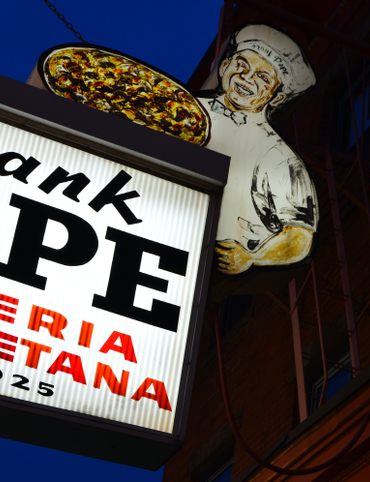
6 Unusual Eats Curiously Cooked Up in Connecticut
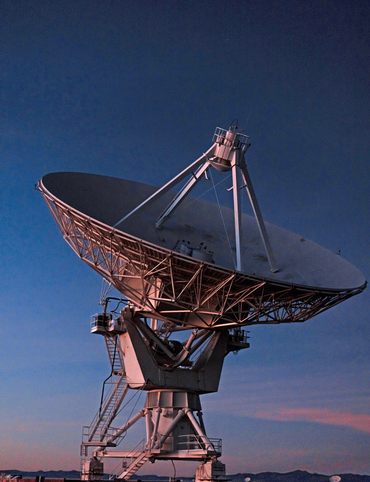
11 Close Encounters With Aliens and Explosions in New Mexico
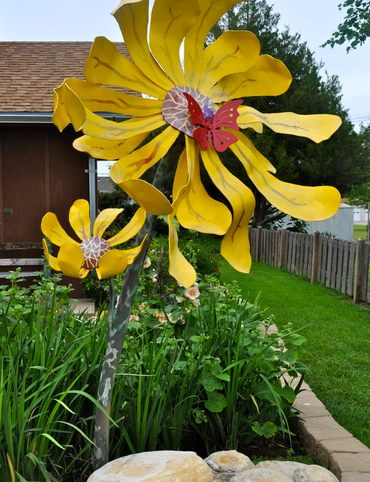
10 Places to Trip Way Out in Kansas
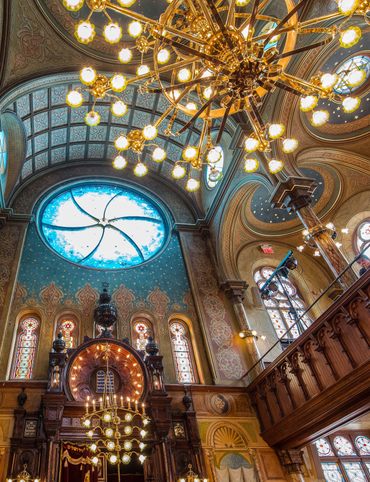
The Resilience of New York in 10 Remarkable Sites
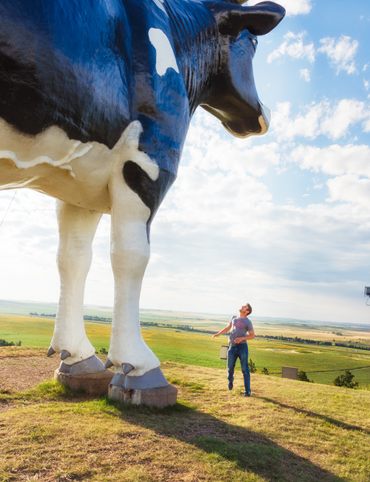
7 Very Tall Things in Very Flat North Dakota
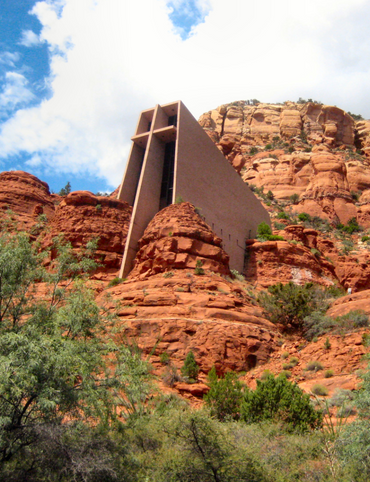
8 Blissfully Shady Spots to Escape the Arizona Sun

9 Surprisingly Ancient Marvels in Modern California
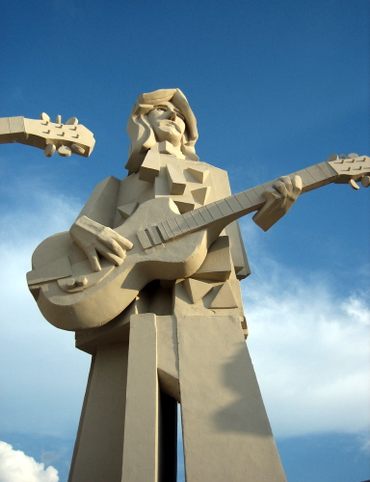
10 Art Installations That Prove Everything's Bigger in Texas
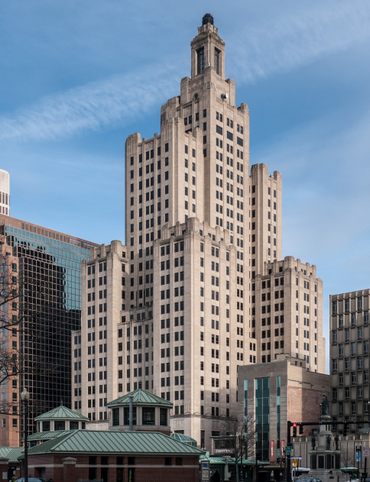
6 Huge Things in Tiny Rhode Island
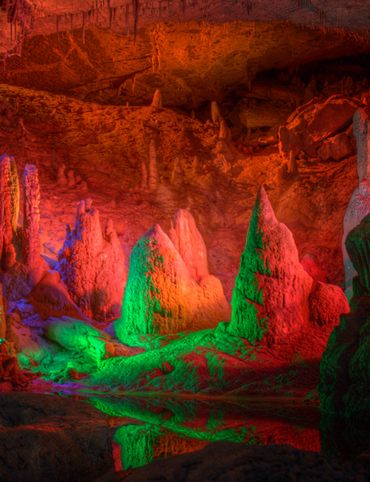
7 Underground Thrills Only Found in Tennessee

Sink Into 7 of Louisiana's Swampiest Secrets

7 Mechanical Marvels in Michigan

11 Wholesome Spots in Nevada

7 Places to Glimpse Maine's Rich Railroad History
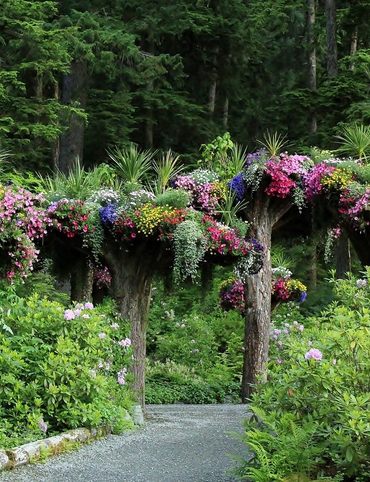
11 Places Where Alaska Bursts Into Color
